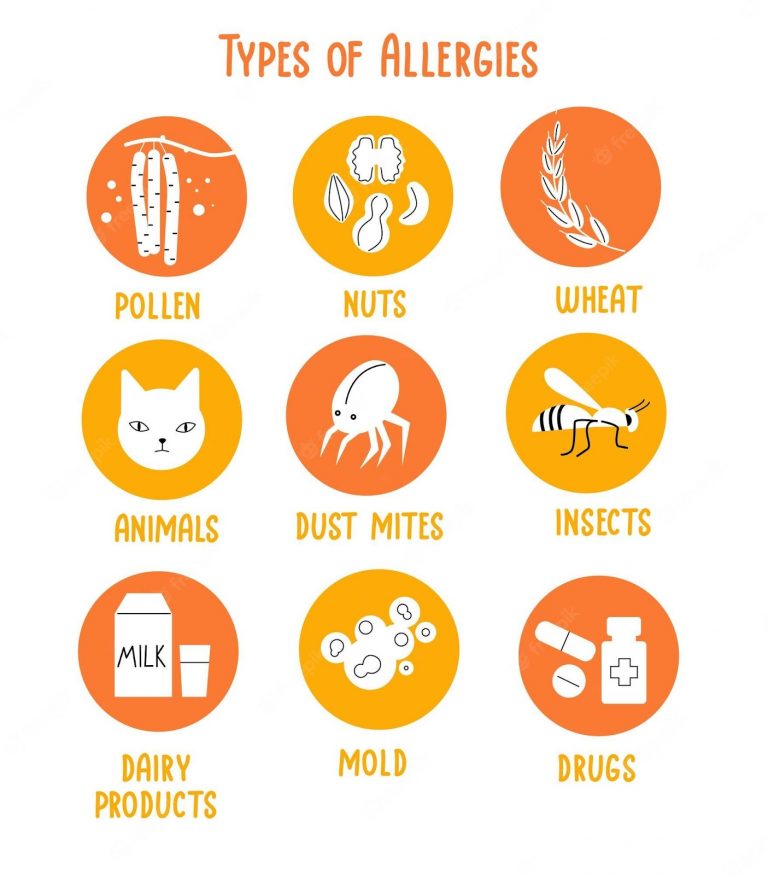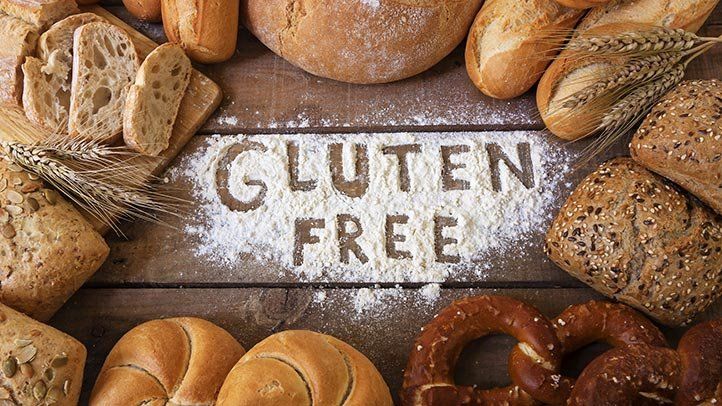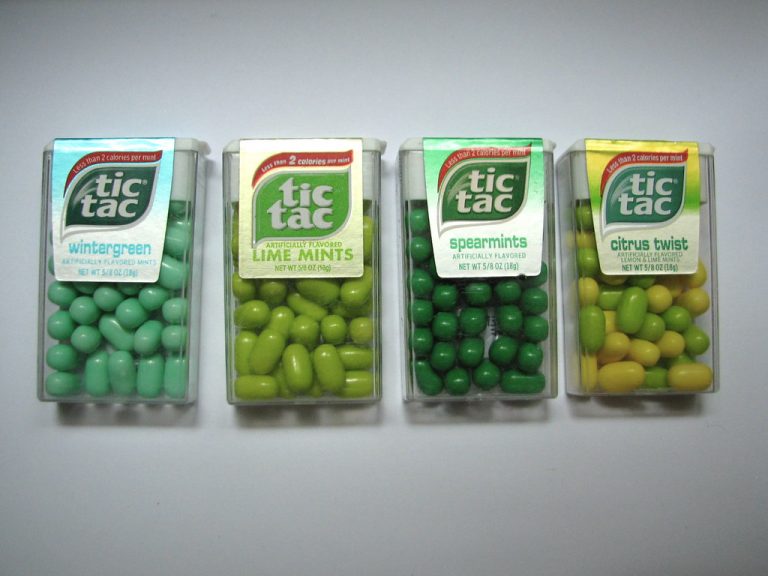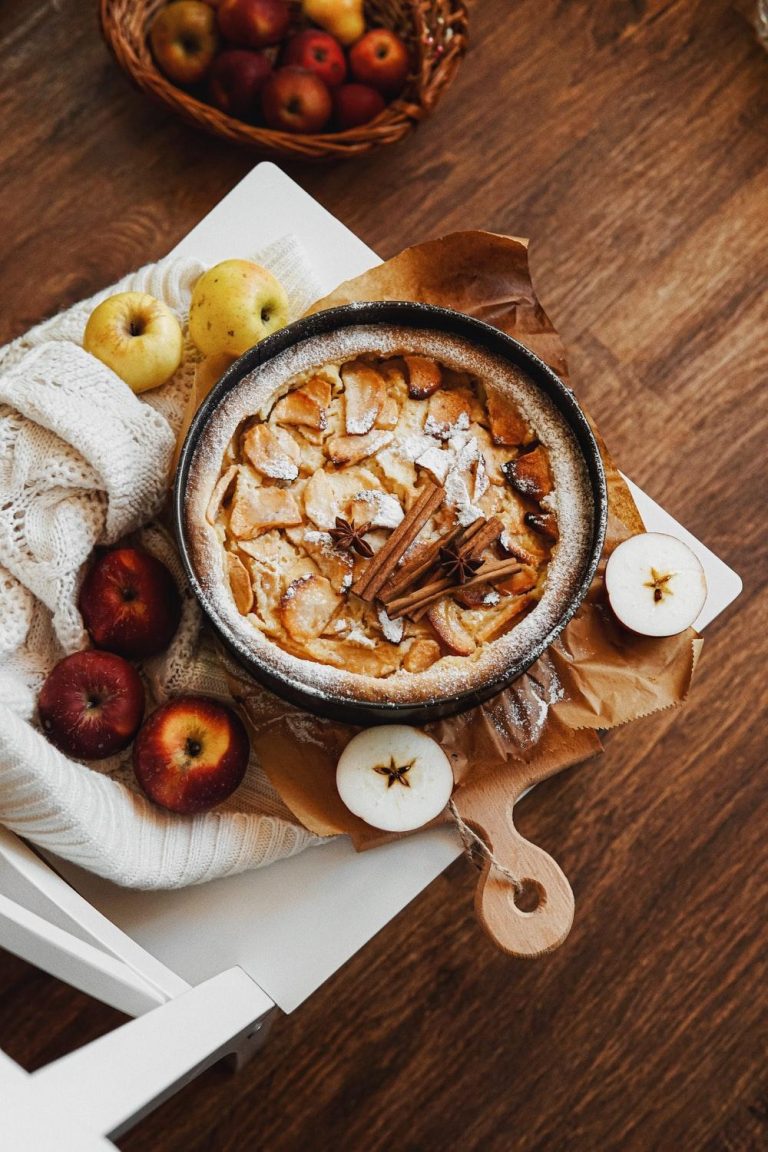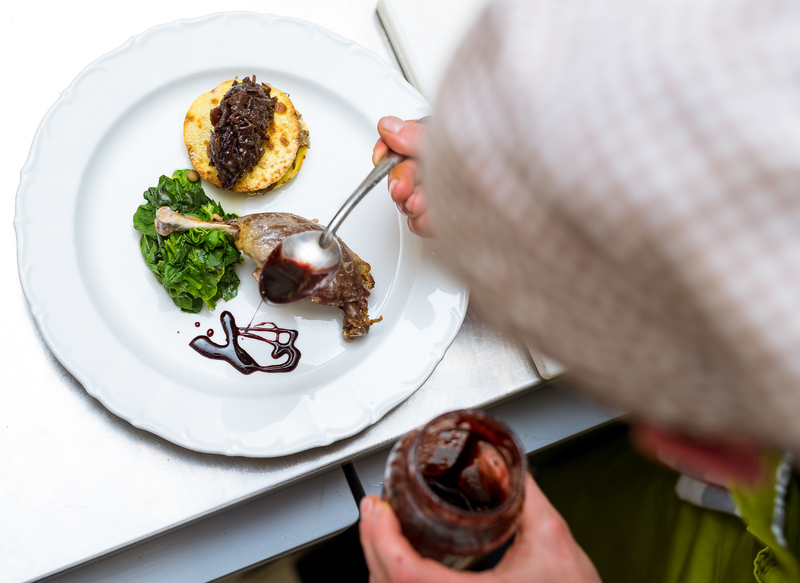
There’s a reason why so many people are turning to gluten-free diets: it’s easier than ever to eat healthy, nutritious meals that also happen to be low in fat, low in sugar, and high in protein.
If you follow the right eating plan and incorporate some clever substitution strategies into your cooking, it’s easy to stay on track with a gluten-free diet. In other words, it doesn’t get any more convenient than this.
With just a few clicks of your mouse or taps on your smartphone app, you can access an endless supply of healthy recipes and color-coded meal plans that will make planning your meals much easier than if you were trying to follow a restrictive whole foods diet.
In this article, we’ll take a look at what a gluten-free meal plan looks like, how to build one for yourself, and which tools are available for making this process even simpler.
What is a gluten-free meal plan?
A gluten-free meal plan is a collection of recipes that follow a specific set of guidelines.
These guidelines vary depending on the person following the diet, but in general, they include avoiding foods that contain gluten and other grains that can cause allergies or other food sensitivities.
There are many ways to create a gluten-free meal plan, including consulting specialized gluten-free recipe books and organizing your meals around a specific diet.
Most people, however, prefer to customize their gluten-free diet using an app or website.
Online tools let you create and manage a gluten-free meal plan from virtually anywhere.
Some apps and websites let you track your food intake and analyze your meals for nutrients and calories, and many will let you input recipes from other sources and find recipes that are gluten-free.
Online tools also make it possible for people to manage a gluten-free diet with other family members, including those with dietary restrictions of their own.
How to build a gluten-free meal plan
If you’re looking to build a gluten-free meal plan, the first thing you’ll want to do is figure out your own gluten allergies and sensitivities.
This is essential because it will let you know which foods are safe to consume and which ones to avoid.
Once you know what foods you can eat, you can start looking for recipes online or through a gluten-free recipe app.
If you want to keep things simple, you can use a site like AllergyCuisine to search for gluten-free recipe categories and find recipes that fit your needs.
Alternatively, you can use specialized recipe sites such as Gluten-Free For Life to find recipes that are gluten-free across a wide variety of dietary needs.
As you start building your meals, it’s important to keep track of the ingredients you have and their substitutes.
Why use a pre-planned meal plan for eating healthy?
Another great reason to build a meal plan and follow it exactly as it is laid out is that it gives you a sense of consistency.
You’ll know exactly what to eat each day, making it much easier to stay motivated if you’re trying to eat healthier.
Pre-planned meal plans can also help you to avoid falling back into old eating habits and learn to incorporate more whole foods into your diet.
If you’ve been eating unhealthy foods or skipping meals for years, the first step to making positive change is to take it out of your head that you can just eat whatever you want.
Instead, use the pre-planned meal plan as a guide to help you make healthier food choices.
Gluten-Free Menu
Please find a sample menu that consists of delectable dishes that do not include gluten.
You are allowed to trade meal proposals with anybody you choose according to your preferences.
Monday
- Overnight chia seed pudding on Monday for breakfast, made with 2 tablespoons (28 grammes) of chia seeds, 1 cup (240 ml) of Greek yoghurt, and 1/2 teaspoon of vanilla essence, topped with sliced fruits of your choice. Allow to sit for the entire night in a bowl or Mason jar.
- Soup with chicken, lentils, and vegetables for lunch.
- Dinner consisted of gluten-free corn tortillas stuffed with steak, mushrooms, and spinach and served with a side of steak tacos.
Tuesday
- Breakfast on Tuesday will be an omelette stuffed with vegetables.
- Quinoa salad topped with sliced tomatoes, cucumbers, avocados, and spinach served as lunch.
- Evening meal of shrimp skewers served with a green salad in a garden setting.
Wednesday
- Breakfast for Wednesday will be oatmeal topped with a quarter cup or 31 grammes of berries.
- Lunch: Tuna and cooked egg salad.
- Stir-fried chicken and broccoli with gluten-free soy sauce or tamari for supper. The chicken and broccoli are cooked in olive oil and are seasoned with gluten-free soy sauce or tamari. Served with a modest portion of rice on the side.
Thursday
- Toast made without gluten topped with avocado and an egg for breakfast on Thursday.
- Lunch consisted of whatever was left over from Wednesday night’s dinner.
- Evening meal of shrimp cooked in garlic and butter, served with a side salad.
Friday
- Banana berry smoothie for breakfast on Friday: one half of a medium banana, one half of a cup (74 grammes) of mixed berries, one fourth of a cup (59 ml) of Greek yoghurt, and one fourth of a cup (59 ml) of milk.
- Wrap with chicken salad and served with a gluten-free wrap for lunch.
- Dinner consisted of fish that had been roasted, and it was served with baked potatoes, broccoli, carrots, and green beans.
Saturday
- Frittata with mushrooms and zucchini will be served for breakfast on Saturday.
- Leftovers from the previous meal, which is lunch.
- Roasted chicken and vegetable quinoa salad will be served for dinner.
Sunday
- Breakfast consists of two eggs cooked to perfection and a slice of gluten-free toast.
- Chicken salad topped with olive oil and served as lunch.
- Lamb prepared on the grill and a selection of roasted vegetables will be offered for supper.
Some Useful Advice
There are several useful hints that can assist you in effectively adhering to a gluten-free diet, including the following:
Read the labels on your food. Get some practise reading food labels so that you can quickly select goods that do not contain gluten.
Inform your other buddies. When you go out to eat with your friends, they will be more likely to select restaurants that provide gluten-free options if they are aware that you are currently following a diet.
Invest in a gluten-free recipe book. If you do so, it might help you become more creative in the kitchen, which would result in more delightful meals.
Prepare yourself. Be careful to do some research before going somewhere new so you know where to eat and buy when you get there. If this is not possible, you should base the majority of your diet on items that contain only one component, such as lean meats, vegetables, and fruit.
Make use of a variety of distinct cooking implements. Be cautious to keep your cooking utensils and cleaning supplies distinct from those of any friends or family members with whom you share a kitchen. It is important to take precautions to avoid unintentionally introducing gluten into the meals you eat from the food of others.
Bring your own provisions with you. When travelling to see family, be sure to bring along gluten-free meal options such as bread and pasta. You won’t have to worry about being excluded from family meals if you do this.
If you do not have celiac disease or a sensitivity to gluten, you will not have to adhere to a diet that is devoid of gluten. Although it has many positive effects on health, it also prevents you from eating certain meals that would otherwise be good for your health and could even improve it.
The benefits of eating gluten-free
The most important thing to remember when creating a gluten-free meal plan is that you must focus on nutrient-dense, whole foods.
Consuming nutrient-poor, processed foods can be detrimental to your health, but nutrient-dense whole foods, like natural fruits, vegetables, legumes (such as beans, chickpeas, and lentils), and whole grains, have the most health benefits.
Eating a gluten-free diet also offers numerous other health benefits.
These include:
– Lowering your risk of developing certain diseases – Lowering your risk of developing certain diseases – Improving your cholesterol levels – Improving your cholesterol levels – Boosting your immune system – Boosting your immune system – Preventing age-related diseases – Preventing age-related diseases – Weight loss – Weight loss – Increased energy levels – Increased energy levels – Improved digestion – Improved digestion – Stronger immunity – Stronger immunity – Better digestion – Better digestion – Lower blood pressure – Lower blood pressure – Stronger bones – Stronger bones – Stronger nervous system – Stronger nervous system – Stronger digestion
Finding the perfect meal plan for you
Once you’ve got a basic meal plan figured out, the next step is to find the perfect meal plan for you based on your dietary needs.
There are a few ways to do this: – You can search for gluten-free meal plans based on dietary needs
– You can search for gluten-free meal plans based on dietary needs
– You can use specialized diet tool apps that help you find the perfect meal plan
– You can use specialized diet tool apps that let you search for gluten-free diet types based on dietary needs
Which tools help you build your own gluten-free meal plan?
If you choose to do it the old-fashioned way and build your own meal plan, you’re going to need some basic cooking supplies and ingredients.
While these won’t make your diet gluten-free just by themselves, they are important ingredients in gluten-free recipes and can be substituted for one another in many recipes.
– A good set of kitchen equipment
– A good set of kitchen equipment
– A gluten-free cookbook
– A gluten-free cookbook
– A good set of measuring cups and spoons
– A good set of measuring cups and spopes
– A gluten-free diet app or website
– A gluten-free diet app or website
– A good set of measuring cups and spoons
– A good set of measuring cups and spoons
Summary
The vast majority of people are able to consume gluten without experiencing any adverse consequences.
However, people who suffer from celiac disease or are sensitive to gluten ought to steer clear of it because it might lead to adverse health repercussions.
A gluten-free diet may seem restrictive, but it actually allows for a wide variety of foods that are both healthful and enjoyable.
Make sure that the majority of your diet consists of unprocessed, single-ingredient foods like fruits, vegetables, and sources of lean protein. They will make your stomach happy and contribute to your overall health and well-being.
Additionally, there may be several health benefits associated with following a gluten-free diet. It can improve digestive issues, lower inflammation, increase energy levels, and possibly assist with weight loss.

